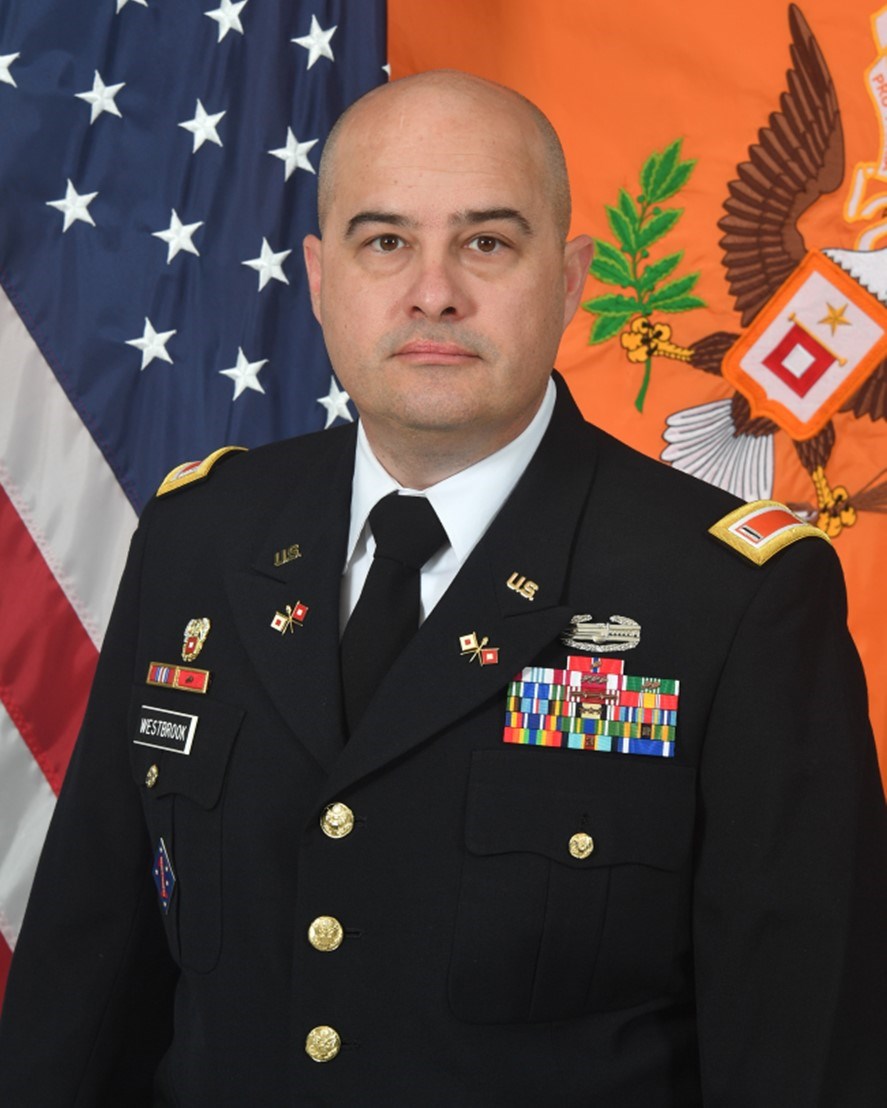Aligning Signal Occupational Specialties to the DoD Cyber Workforce Framework
By Chief Warrant Officer 5 Chris R. Westbrook, Regimental CWO
Article published on: April 1, 2024 in the Army Communicator Spring 2024 Edition
Read Time: < 3 mins

Chief Warrant Officer 5 Chris R. Westbrook, Regimental CWO
In 2005, the Department of Defense (DoD) released one of the first employee credentialing directives in the fight
against cyber threats: Department of Defense Directive 8570. Its objectives were to address training,
certification, and management of government employees performing information assurance or cybersecurity roles.
The directive had a follow-on instruction, DoD 8570.1, which included the baseline certifications requirements
for those employees. While it was a leap ahead of the previous requirement, which was simply to be hired or
assigned to the position, it did not scale to the modern workforce nor have flexibility to conform to modern
work roles such as software development.
To support a new instruction, DoD created the DoD Cyber Workforce Framework (DCWF), which was primarily based
upon a framework developed by the National Institute of Standards and Technology (NIST). The DCWF defines not
only the work roles of employees, but proficiency levels within those roles as well. The DCWF is a living
document that has a working group to continuously evaluate and maintain the cyber workforce work roles. Each
work role has a number of tasks, knowledge, and skills attached to it, and to achieve proficiency in a task, the
employee applies on-the-job experience, certifications, and/or degrees.
In February 2024, military occupational specialty 25B10 (information technology specialist) has been added to the
DoD 8140 Cyber Workforce Qualification Program Qualification Matrix and Training Repository under Technical
Support Specialist. This means that a 25B leaving Advanced Individual Training with a graduation certificate is
considered certified as a basic level technical support specialist and does not require an industry
certification to perform that assigned work role. Soldiers can upload their graduation certificate in the Army
Training and Certification Tracking System (ATCTS) in the Documents section. Soldiers may still require
additional training such as computing environment training to receive elevated privileges for their work role.
Adding 25B to the 8140 program is one of many steps in aligning our occupational specialties to the DCWF, and you
can expect more updates as we continue to define work role tasks based upon knowledge and skills. There are also
defined work roles by skill level for FA26A, FA26B, 25D, 255A, 255N, and 255S in the qualification matrix.
DoD 8140 and other DoD resources can be found at the DoD Cyber Exchange here.
The 8140 qualification matrix can be found here.